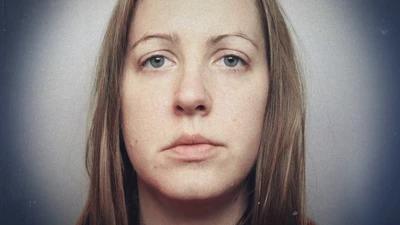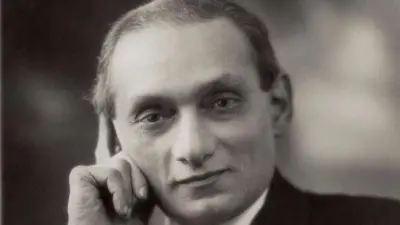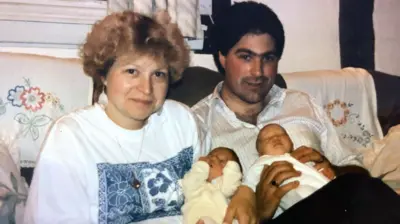We've updated our Privacy and Cookies Policy
We've made some important changes to our Privacy and Cookies Policy and we want you to know what this means for you and your data.
Munich bans 'disrespectful' Holocaust memorials on ground
Image source, EPA
The authorities in Munich have begun installing new Holocaust memorials instead of brass cobblestone reminders of the Nazis' victims.
The cobblestones are considered disrespectful by Bavarian Jewish leader Charlotte Knobloch and some other critics, mainly because they get dirty and are trodden on.
They also exist in more than 1,000 places in Europe.
After intense debate, Munich is introducing new plaques and steles.
These are being installed at the last known addresses of Holocaust victims. However this initiative is so far only taking place in Munich.
The city says the new memorial system will commemorate 10,000 Munich men, women and children murdered by the Nazi dictatorship in 1933-1945.
In December Bavaria's supreme court backed the city's 2015 decision to ban brass cobblestones, or "Stolpersteine" ("stumbling stones" in English), in public places.
In other towns and cities they lie in the pavement outside victims' former homes or workplaces.
The stones, created by the German artist Gunter Demnig, have many supporters in Germany and elsewhere. A petition to keep them has collected more than 100,000 signatures, Deutsche Welle reports.
Barbara Hutzelmann, at the Munich City Archive, confirmed to the ΒιΆΉΤΌΕΔ that Stolpersteine "are not allowed on public ground; nevertheless they do exist on private ground". The new-style memorials do not involve removing any existing Stolpersteine in Munich, she said.
Victims' relatives or other applicants can file requests at the city council for new-style memorials to be installed, she said.
A plaque installed on Thursday commemorates Tilly and Franz Landauer. Tilly died in Auschwitz death camp in 1944, and Franz in Westerbork camp in the Netherlands, in 1943.
Franz was the brother of former Bayern Munich football club president Kurt Landauer, who fled to Switzerland in 1939.
The first steles, coloured gold and silver, also went up on Thursday. They commemorate philologist Friedrich Crusius, who was mentally ill and murdered by the Nazis in 1941, and Jewish couple Paula and Siegfried Jordan, also murdered in 1941, who were art curators.
In the heart of Berlin a memorial consisting of almost 3,000 stone blocks commemorates the six million Jews murdered by the Nazis.
Correction, 31 July 2018: An earlier version of this story suggested that Munich's Stolpersteine were being removed, but Barbara Hutzelmann has clarified that that is not so.
Top Stories
More to explore
Most read
Content is not available








